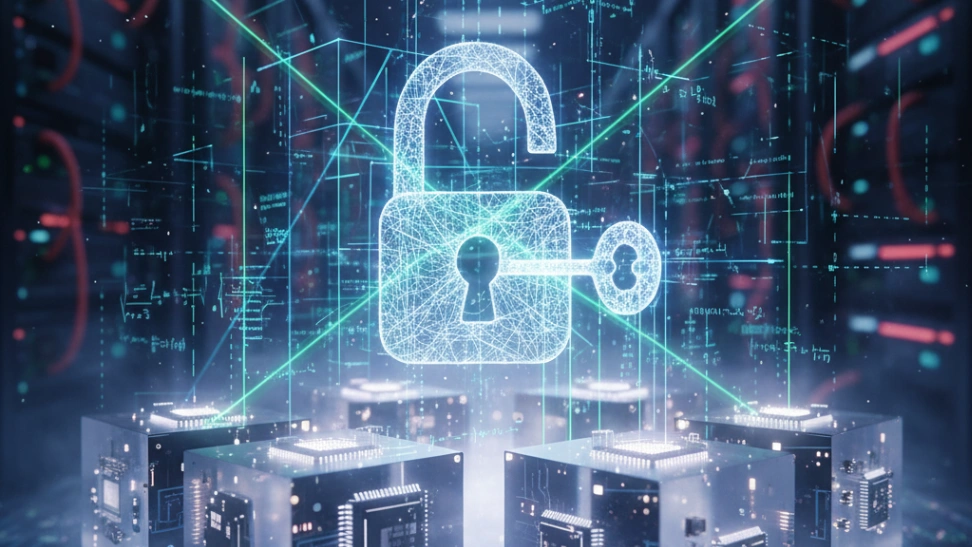The core principles of cryptography revolve around algorithms that transform readable data (plaintext) into an unreadable format (ciphertext), and vice-versa. This process, known as encryption and decryption, relies heavily on mathematical concepts and keys. Symmetric-key cryptography, for example, uses the same secret key for both encryption and decryption, requiring secure key exchange between parties. Asymmetric-key (or public-key) cryptography, in contrast, employs a pair of mathematically linked keys: a public key for encryption, which can be shared widely, and a private key for decryption, kept secret. Beyond confidentiality, cryptography also provides mechanisms for data integrity (ensuring data hasn't been tampered with), authentication (verifying identity), and non-repudiation (proving sender origin). Understanding these foundational mechanisms is the first step into the intriguing world of codes and ciphers.
The history of cryptography is as old as written communication itself, evolving from simple substitution ciphers used in ancient Rome to the complex algorithms that secure our internet today. One of the earliest known examples is the Caesar cipher, used by Julius Caesar, where each letter in the plaintext is shifted a certain number of places down the alphabet. More complex manual ciphers, like the Vigenère cipher, provided greater security by using a keyword to determine multiple shift values. During World War II, mechanical devices such as the German Enigma machine pushed the boundaries of cryptographic complexity, requiring monumental efforts from cryptanalysts like Alan Turing to break them, a feat that significantly influenced the war's outcome and laid groundwork for modern computing. The advent of digital computers in the latter half of the 20th century revolutionized cryptography, enabling the development of algorithms far more sophisticated than anything achievable by hand, leading to the creation of widely used standards like DES, AES, and RSA, which are foundational to today's digital security. This rich history demonstrates a continuous arms race between code-makers and code-breakers, constantly driving innovation in both fields.
In the contemporary landscape, cryptography is indispensable, permeating nearly every aspect of our digital lives. Every time you make an online purchase, send a secure email, or use an encrypted messaging app, cryptographic protocols are working silently in the background to protect your data. It's crucial for the security of financial transactions, the privacy of personal communications, and the integrity of data storage. Beyond individual users, governments and corporations rely on advanced cryptography to safeguard classified information, intellectual property, and critical infrastructure from cyber threats. The field continues to expand with new challenges posed by quantum computing, blockchain technology, and the internet of things, requiring constant research and development into post-quantum cryptography and new secure protocols.
For the hobbyist, cryptography offers a deep well of intellectual challenge and continuous learning. It's a field where theoretical knowledge can be immediately applied through practical exercises. Beginners often start by learning about historical ciphers and attempting to encrypt and decrypt messages by hand, or writing simple programs to automate these processes. As proficiency grows, hobbyists can delve into implementing modern algorithms, participating in cryptanalysis challenges like the CryptoPals, or exploring specific areas such as elliptic curve cryptography, hash functions, or digital signatures. It cultivates an incredible attention to detail, logical reasoning, and problem-solving abilities. While it can be a solitary pursuit, many online communities exist where enthusiasts share knowledge, discuss new developments, and collaborate on projects, fostering a vibrant environment for learning and growth. The ethical considerations are also an important aspect, as understanding how to secure information also means understanding how it can be vulnerable.



